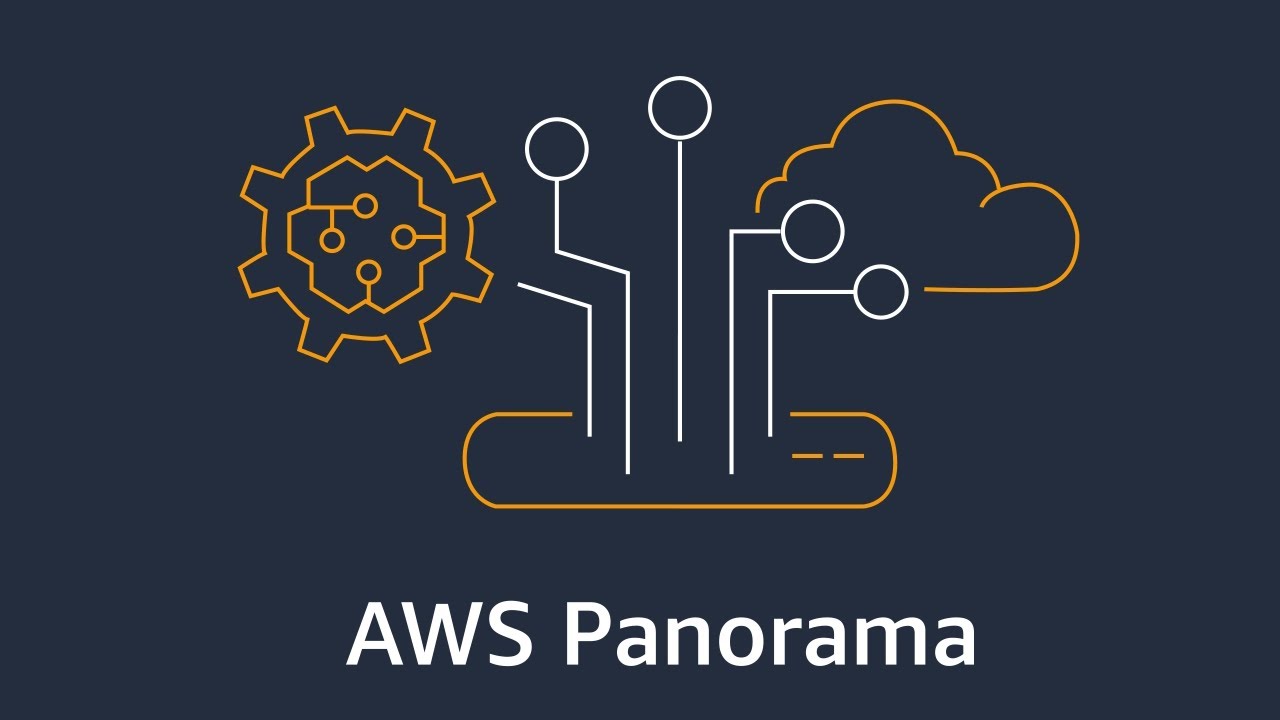A Beginner's Guide to Implementing Amazon Panorama in AWS
 Sumit Mondal
Sumit Mondal
In today's tech-driven world, businesses are constantly seeking innovative solutions to streamline their operations and enhance efficiency. One such solution that has gained significant traction is Amazon Panorama, a service offered by Amazon Web Services (AWS) that revolutionizes the way organizations process and analyze video feeds in real-time. In this beginner-friendly guide, we'll delve into the basics of Amazon Panorama and explore how you can implement it in your AWS environment with ease.
Understanding Amazon Panorama
Before diving into implementation, let's grasp the concept of Amazon Panorama. Essentially, Amazon Panorama is a machine learning appliance that integrates with existing cameras to analyze video feeds in real-time. By leveraging computer vision algorithms and machine learning models, it enables businesses to extract valuable insights from video streams, such as object detection, activity recognition, and more.
Prerequisites
To get started with Amazon Panorama, you'll need the following prerequisites:
An AWS account: If you don't have one already, you can sign up for an AWS account on the AWS website.
Amazon Panorama device: You'll need an Amazon Panorama appliance, which is a hardware device that connects to your cameras and integrates with your AWS environment.
Compatible cameras: Ensure that your cameras are compatible with Amazon Panorama. Refer to the documentation for a list of supported cameras.
Implementation Steps
Now that we have the prerequisites in place, let's walk through the steps to implement Amazon Panorama in your AWS environment:
Step 1: Set Up Your Amazon Panorama Device
Unbox your Amazon Panorama device and connect it to your network using an Ethernet cable.
Power on the device and wait for it to boot up.
Access the device's web interface by navigating to the IP address assigned to it. You can find this information in the device's documentation.
Follow the on-screen instructions to configure the device with your AWS account credentials.
Step 2: Configure Cameras
Connect your cameras to the Amazon Panorama device using compatible cables.
Access the device's web interface and navigate to the camera configuration settings.
Follow the instructions to add your cameras and configure their settings, such as resolution, frame rate, and streaming protocols.
Step 3: Create an AWS IoT Core Thing
Log in to your AWS Management Console and navigate to the AWS IoT Core service.
Click on "Things" in the sidebar and then click "Create" to create a new IoT Thing.
Follow the prompts to create a new IoT Thing, providing a name and optional attributes as needed.
Step 4: Set Up AWS Lambda Functions
Navigate to the AWS Lambda service in the AWS Management Console.
Create a new Lambda function using the provided blueprint for Amazon Panorama.
Configure the Lambda function to process video frames from your cameras and extract insights using Amazon Rekognition or custom machine learning models.
Step 5: Deploy Amazon Panorama Application
Navigate to the Amazon Panorama service in the AWS Management Console.
Create a new Panorama application and specify the input source as your cameras.
Configure the application to use the AWS Lambda function you created in the previous step for processing video frames.
Deploy the application to your Amazon Panorama device.
Conclusion
In conclusion, implementing Amazon Panorama in your AWS environment is a straightforward process that can yield significant benefits for your organization. By following the steps outlined in this guide, you can harness the power of computer vision and machine learning to analyze video feeds in real-time, enabling you to make informed decisions and drive business growth. So why wait? Get started with Amazon Panorama today and unlock new possibilities for your business!
Subscribe to my newsletter
Read articles from Sumit Mondal directly inside your inbox. Subscribe to the newsletter, and don't miss out.
Written by

Sumit Mondal
Sumit Mondal
Hello Hashnode Community! I'm Sumit Mondal, your friendly neighborhood DevOps Engineer on a mission to elevate the world of software development and operations! Join me on Hashnode, and let's code, deploy, and innovate our way to success! Together, we'll shape the future of DevOps one commit at a time. #DevOps #Automation #ContinuousDelivery #HashnodeHero